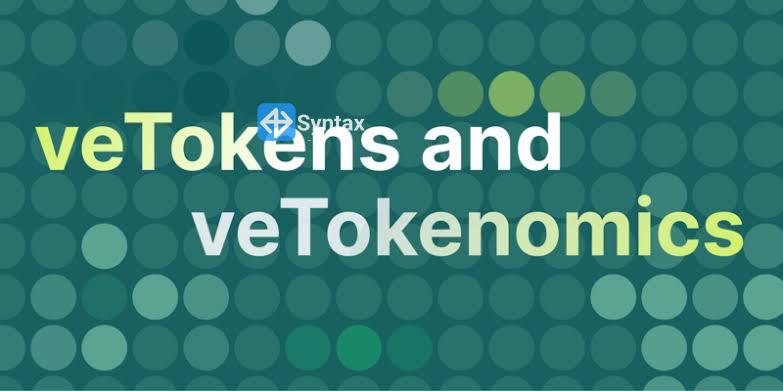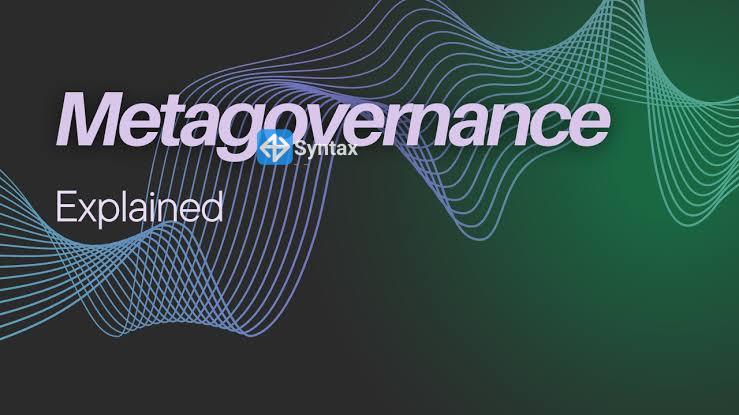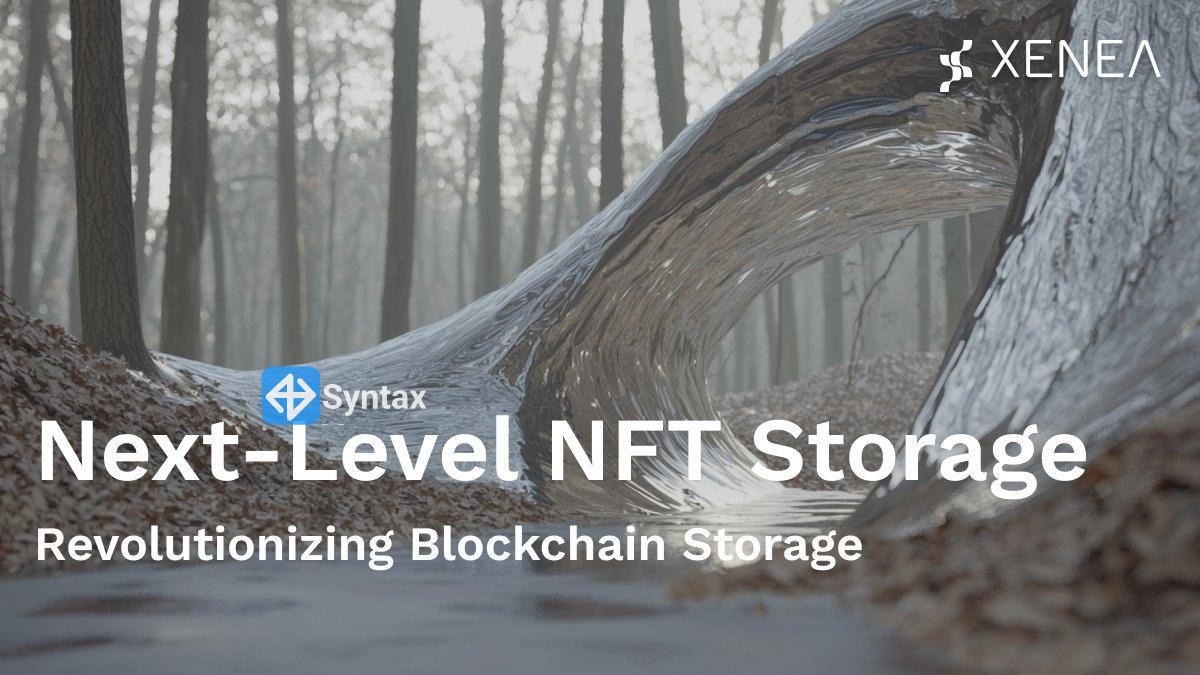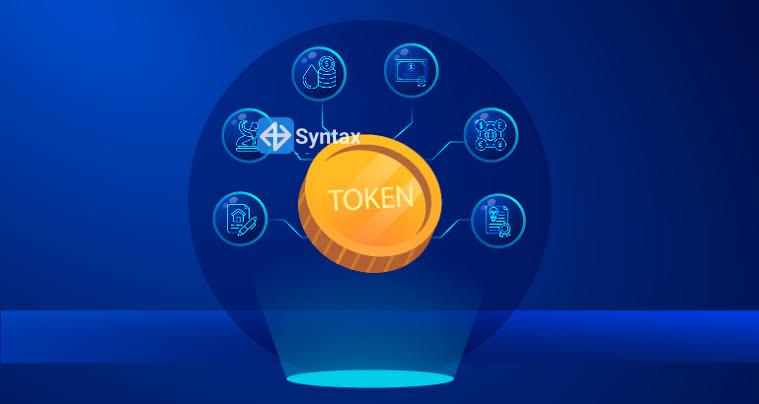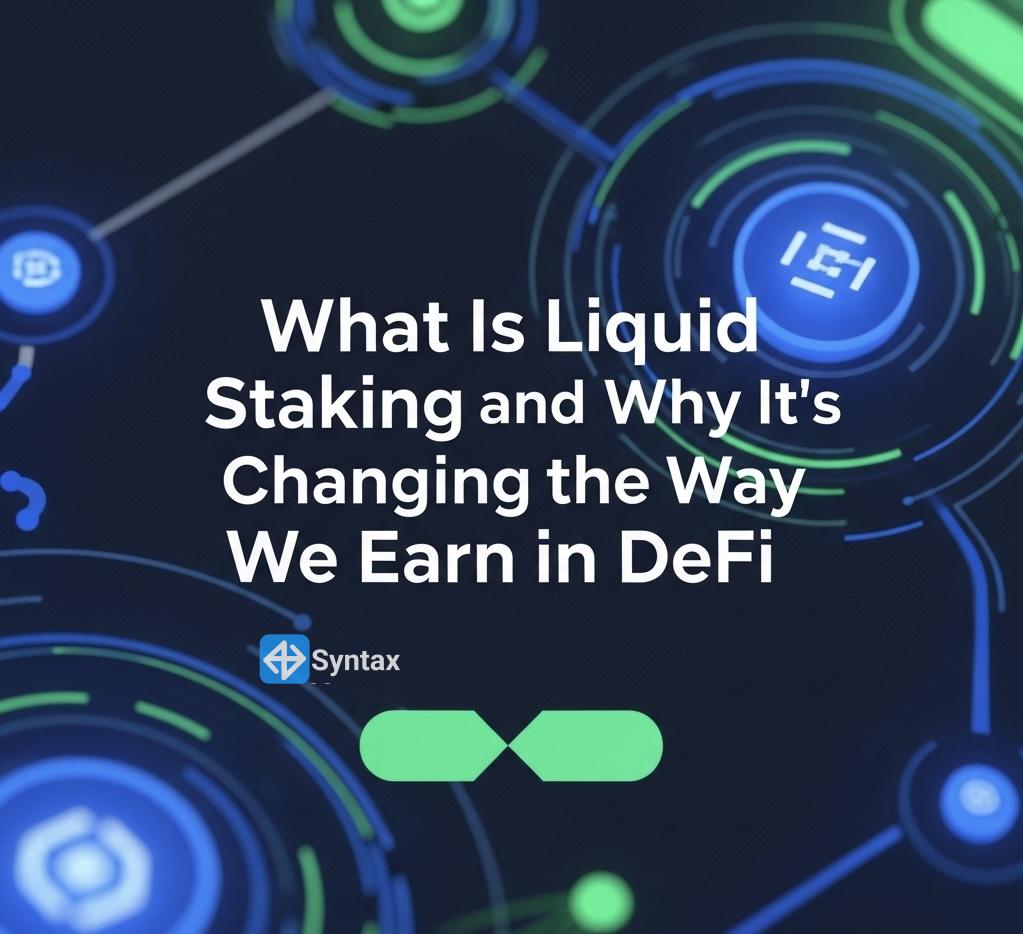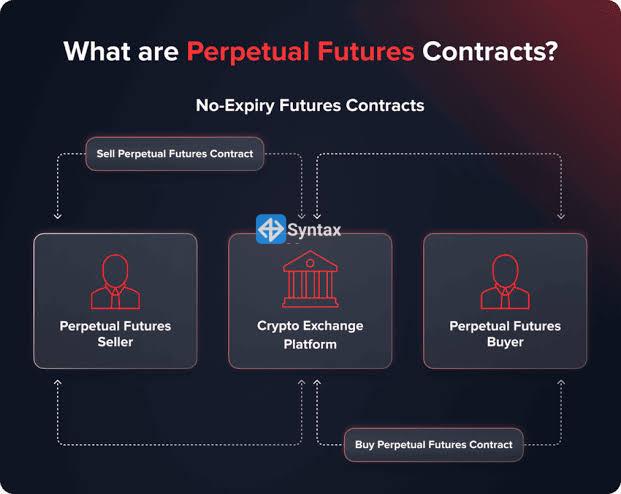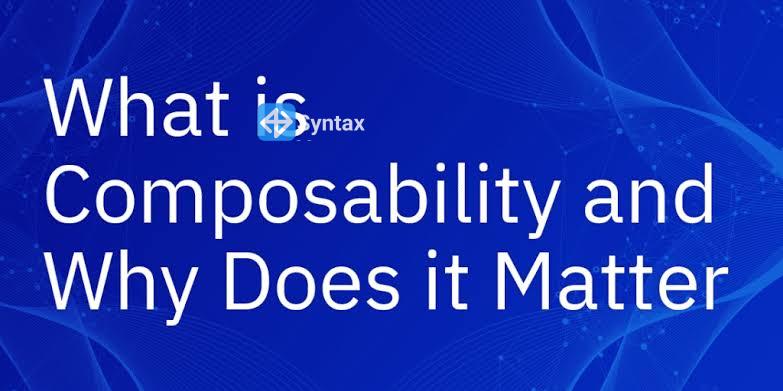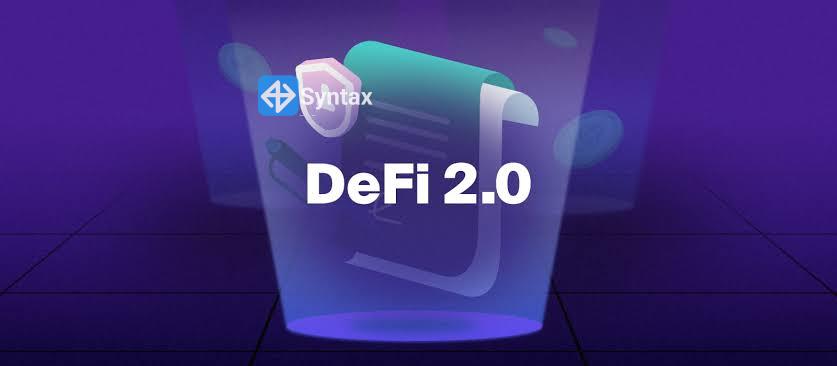🔍 How It Works:
In many governance systems, token holders vote on proposals that affect the protocol (e.g., fee changes, emissions, or partnerships). But since not all token holders have a strong opinion or incentive to vote, bribes can influence the outcome.
💡 Basic Flow of Token Bribery:
1. A proposal is up for vote.
2. An external party (like a protocol or a whale) wants a certain outcome.
3. They offer rewards to voters who vote in a specific way—usually through a bribe marketplace or snapshot comment.
4. Voters delegate or cast their votes accordingly.
5. After voting ends, bribes are distributed to those who voted as requested.
🧠 Example:
- A DeFi protocol wants more liquidity mining rewards for its pool on Curve Finance.
- Instead of buying and locking CRV tokens (which is expensive and slow), the protocol:
- Offers bribes to veCRV holders (those who can vote on Curve emissions).
- Uses platforms like Votium (on Convex) to distribute these bribes.
- veCRV holders vote to direct emissions toward that protocol’s pool in exchange for the bribe.
🧱 Popular Bribe Platforms:
- Votium (Convex/Curve ecosystem)
- Hidden Hand (Redacted Cartel)
- Union (Balancer ecosystem)
⚖️ Is It Ethical?
- Pros: Bribes can make passive voters participate and create a competitive market for influence.
- Cons: Can lead to short-term thinking, centralization of power, and undermine long-term protocol health.



